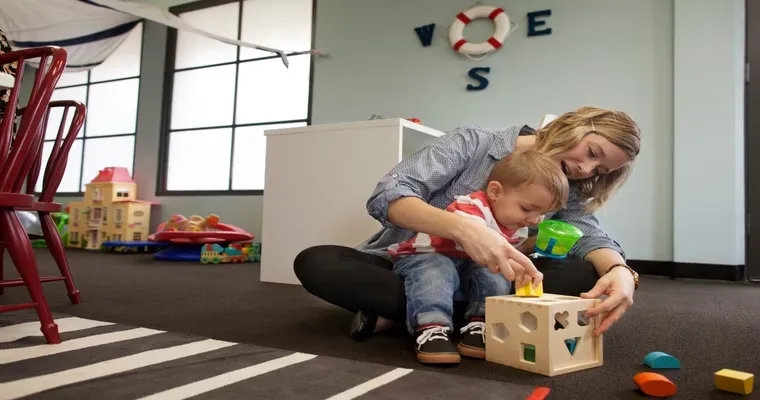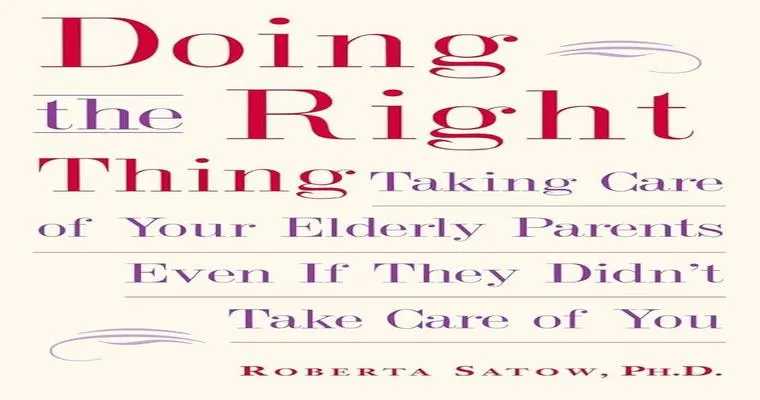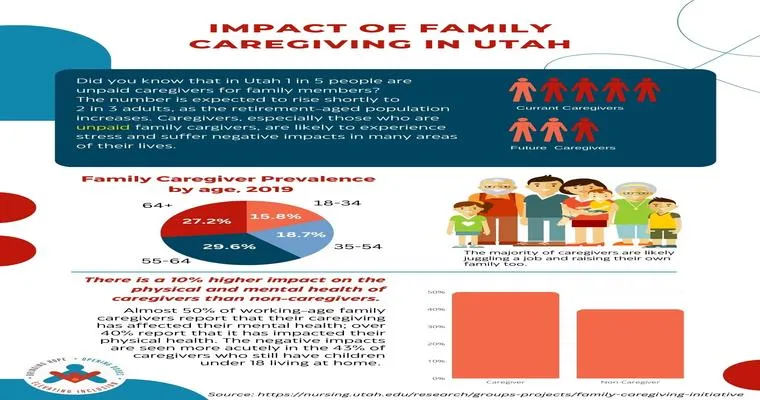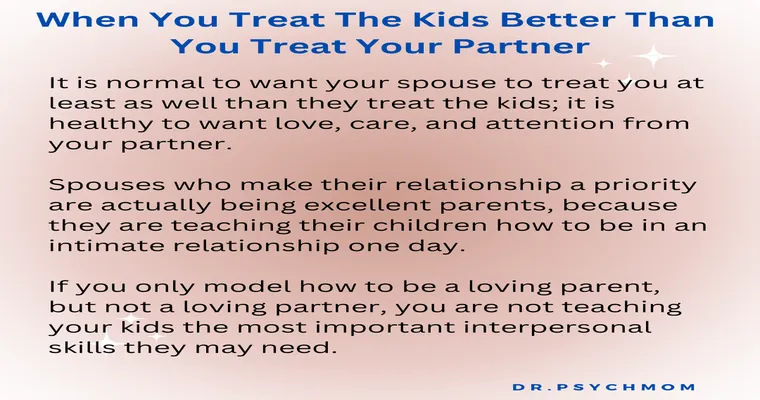Caring for "parents" and caring for "children" are both profound responsibilities that come with their own unique challenges and rewards. While both roles involve a deep sense of "love", "commitment", and "nurturing", the dynamics and requirements of these relationships can be notably different. Understanding these differences can help caregivers navigate their responsibilities more effectively. Here are nine key ways caring for parents differs from caring for children.
1. "Emotional Dynamics"
The emotional dynamics involved in caring for parents can be more complex than those when caring for children. Adult children may need to manage their feelings of role reversal as they transition from being cared for to becoming caregivers. In contrast, the relationship with children typically involves a more straightforward nurturing dynamic, where parents guide and support their little ones.
2. "Independence Levels"
Children are often dependent on their parents for basic needs like food, shelter, and education. Conversely, many parents may be partially or fully independent, requiring assistance with specific tasks rather than total care. This independence can lead to different caregiving approaches, as caregivers of elderly parents often focus on support rather than full-time care.
3. "Decision-Making Authority"
When caring for children, parents have the authority to make decisions in their best interest. However, when caring for parents, adult children often face challenges related to autonomy and decision-making. It is crucial to balance respect for a parent's wishes with the need to ensure their safety and well-being.
4. "Health Considerations"
The health needs of aging parents are typically more complex than those of children. Older adults may have chronic conditions, require medication management, or need specialized medical care. In contrast, children's health needs are often more routine, revolving around growth, development, and vaccinations.
5. "Financial Responsibility"
Caring for children often involves direct financial responsibilities such as education costs, childcare, and basic living expenses. On the other hand, caring for aging parents may include managing their finances, paying for healthcare services, or even navigating long-term care options, which can be significantly more complicated.
6. "Social Dynamics"
Children have a structured social environment, typically built around schools and extracurricular activities, which helps in their social development. In contrast, elderly parents may experience social isolation, making it crucial for caregivers to facilitate social interactions and maintain their parents' social well-being.
7. "Expectations and Cultural Norms"
Cultural expectations regarding caregiving can differ significantly. Parenting is often supported by societal norms that emphasize nurturing and education, while caring for aging parents may come with mixed expectations, often placing pressure on adult children to provide care without sufficient guidance or support.
8. "Time Commitment"
The time commitment for caring for children usually revolves around daily routines such as school runs, activities, and homework. Meanwhile, caring for parents can vary greatly in time commitment and may require sporadic assistance or more intensive caregiving during health crises or recovery periods.
9. "Personal Growth Opportunities"
Caring for children often provides opportunities for personal growth and learning through shared experiences and milestones. In contrast, caring for parents can lead to profound reflections on life, legacy, and family history, offering a different but equally important type of personal growth.
In conclusion, while both caring for parents and caring for children involve significant responsibilities, the differences in emotional dynamics, independence levels, decision-making authority, health considerations, financial responsibilities, social dynamics, expectations, time commitments, and personal growth opportunities are distinct. Recognizing these differences can enable caregivers to approach their roles with greater understanding and compassion, leading to healthier relationships and improved care outcomes for both generations.





